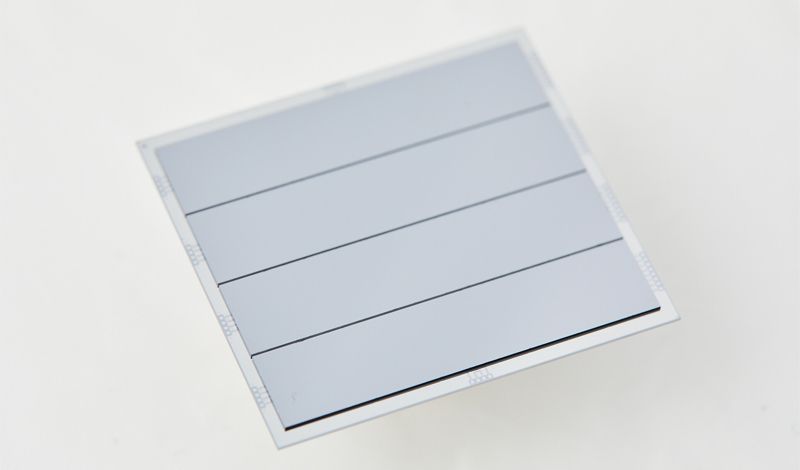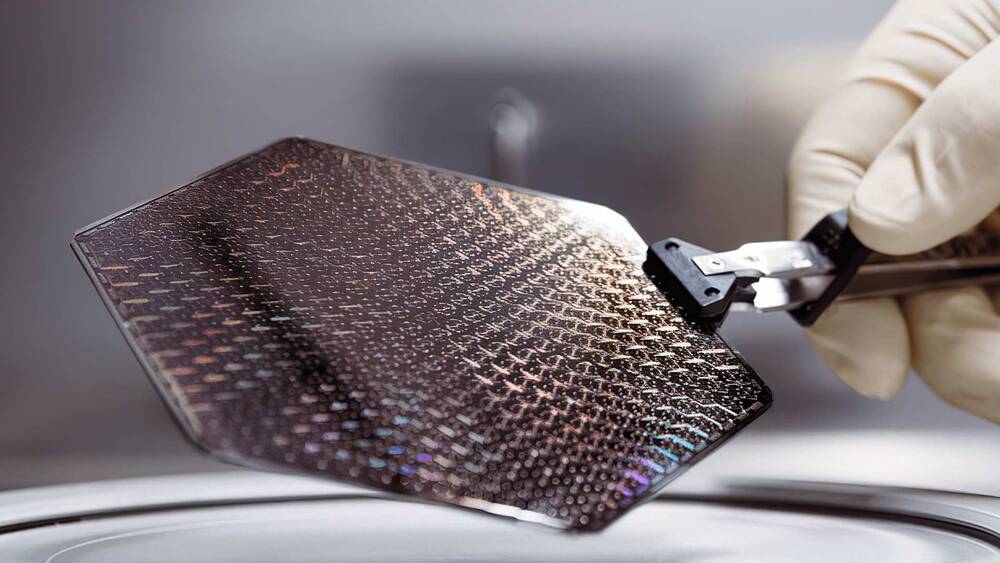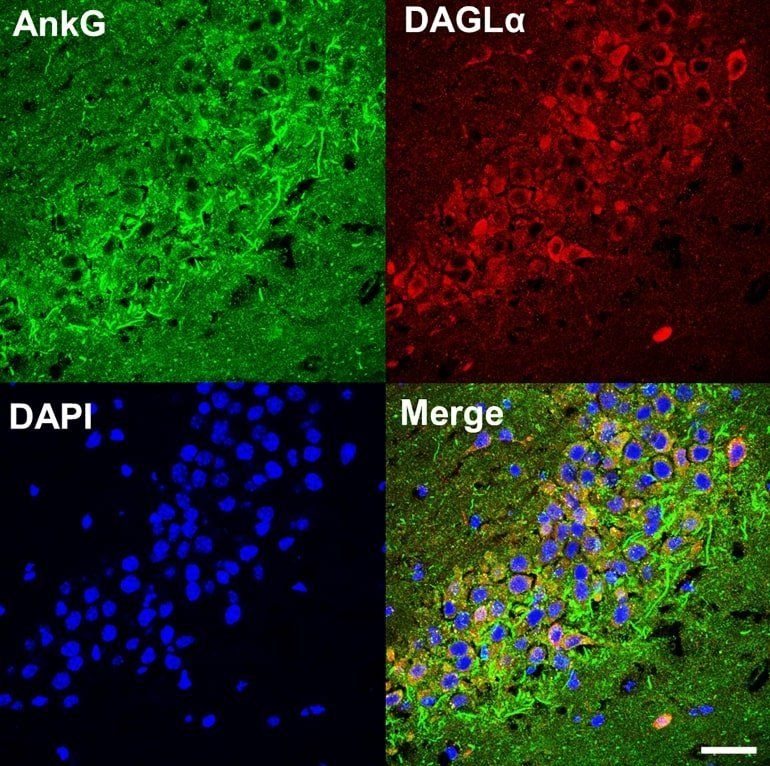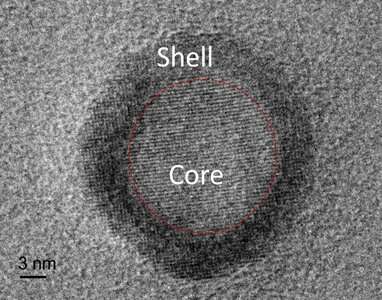Experiment opens a window on gravity’s effect on quantum objects.
😀
Hyundai’s fleet of hydrogen-powered truck prototypes reached a significant milestone in Europe in June 2021. With a successful testing phase comes a tremendous amount of data, and the information gathered during 11 months of real-world evaluation across the pond will ultimately help the firm design a truck sized for American roads.
Real-world users have collectively put 1 million kilometers (about 621400 miles) on the 46 trucks that Hyundai built for testing purposes, meaning each rig has covered an average of around 13500 miles. They’re in the hands of 25 different companies operating in Switzerland, including some in the logistics, distribution, and supermarket sectors. So far, users have been pleased: They praised the Xcient truck’s long driving range and short refueling times, attributes that a comparable electric model wouldn’t be able to offer. Specific figures weren’t released.
Hyundai will continue manufacturing the Xcient for early adopters in Switzerland. It plans to build 140 units of the truck for the Swiss market in 2021, and it hopes that number will grow to 1600 by 2025. Starting the project in Switzerland was a decision that carried relatively few risks. It’s a country that’s roughly a tenth the size of California, and its road network is relatively well developed. Next, the South Korean company will branch out into other European countries. It hasn’t decided where yet, but it singled out Germany and Holland as likely candidates.
Rigetti Computing, a California-based developer of quantum integrated circuits, has announced it is launching the world’s first multi-chip quantum processor.
The processor incorporates a proprietary modular architecture that accelerates the path to commercialization and solves key scaling challenges toward fault-tolerant quantum computers.
“We’ve developed a fundamentally new approach to scaling quantum computers,” says Chad Rigetti, founder and CEO of Rigetti Computing. “Our proprietary innovations in chip design and manufacturing have unlocked what we believe is the fastest path to building the systems needed to run practical applications and error correction.”
Nuclear Pore Complexes and Genome Integrity — Dr. Veronica Rodriguez-Bravo Ph.D., Sidney Kimmel Cancer Center — Jefferson Health, Thomas Jefferson University.
Dr. Veronica Rodriguez-Bravo, PhD, is Assistant Professor, Department of Cancer Biology, at the Sidney Kimmel Cancer Center, Thomas Jefferson University, in Philadelphia, PA, USA. (https://sidneykimmelcancercenter.jeffersonhealth.org/)
Dr. Rodriguez-Bravo obtained her PhD in Pathology and Cell Biology (Summa Cum Laude) from the University of Barcelona in 2007, where she also received the Extraordinary Doctorate Award for her studies on the distinct DNA replication checkpoint mechanisms of tumor cells. During her postdoctoral training at the Experimental Oncology Department of the University Medical Center of Utrecht (UMC, The Netherlands) and at the Molecular and Cell Biology Programs of Memorial Sloan Kettering Cancer Center (MSKCC, New York), she specialized in the study of chromosome segregation during mitosis and the role of nuclear pores in genome integrity maintenance.
Dr. Rodriguez-Bravo’s post-doctoral work allowed her to apply genome-editing techniques crucial to dissect the function of mitotic and nuclear pore proteins in chromosomal stability and resulted in the recognition with the Memorial Sloan Kettering Cancer Center Postdoctoral Research Award.
Dr. Rodriguez-Bravo’s research focuses on the study of genome integrity maintenance mechanisms and the relationship of defects in cell division to cancer pathogenesis with special emphasis in the pathways contributing to cancer cells’ more aggressive phenotypes.
Quantum computing is coming on leaps and bounds. Now there’s an operating system available on a chip thanks to a Cambridge University-led consortia with a vision is make quantum computers as transparent and well known as RaspberryPi.
This “sensational breakthrough” is likened by the Cambridge Independent Press to the moment during the 1960s when computers shrunk from being room-sized to being sat on top of a desk.
Around 50 quantum computers have been built to date, and they all use different software – there is no quantum equivalent of Windows, IOS or Linux. The new project will deliver an OS that allows the same quantum software to run on different types of quantum computing hardware.
Join us July 11th for our first fully crewed rocket powered test flight, and the beginning of a new space age. The countdown begins. #Unity22
LONDON – Newport Wafer Fab, the U.K.’s largest chip producer, is set to be acquired by Chinese-owned semiconductor company Nexperia for around £63 million ($87 million) next week, according to two sources close to the deal who asked to remain anonymous because the information is not yet public.
Nexperia, a Dutch firm that is 100%-owned by China’s Wingtech Technology, told CNBC on Friday that the deal talks are ongoing.
Located in Newport, South Wales, privately-held NWF’s chip plant dates back to 1982 and it is one of just a handful of semiconductor fabricators in the U.K.
“Cannabis may contribute to increased risk for mental disorders, which has actually been shown in schizophrenia,” Penzes said. “Conversely, cannabis could be beneficial in some brain disorders, which prompted trials of medical marijuana in patients with autism.”
Summary: Findings reveal a role the endocannabinoid system plays in a range of psychiatric disorders, including schizophrenia, bipolar disorder, and ASD.
Source: Northwestern University
Northwestern Medicine scientists discovered an unexpected connection between a synapse protein that has been implicated in neuropsychiatric disorders and the endocannabinoid pathway, according to a study published in Biological Psychiatry.
These findings suggest a role for the endocannabinoid system in conditions including bipolar disorder, according to Peter Penzes, PhD, the Ruth and Evelyn Dunbar Professor of Psychiatry and Behavioral Sciences, professor of Physiology and Pharmacology, and senior author of the study.
Saturday, July 3, 2021 6:10AM
MEXICO CITY — Mexico’s state-owned oil company said Friday it suffered a rupture in an undersea gas pipeline in the Gulf of Mexico, sending flames boiling to the surface in the Gulf waters.
Indiana University School of Medicine researchers are developing a new, noninvasive brain stimulation technique to treat neurological disorders, including pain, traumatic brain injury (TBI), epilepsy, Parkinson’s disease, Alzheimer’s disease and more.
“Given the increasing use of brain stimulation in human brain study and treatment of neurological diseases, this research can make a big impact on physicians and their patients,” said Xiaoming Jin, Ph.D., associate professor of anatomy, cell biology and physiology.
When someone experiences a brain injury, nerve injury, or neurodegeneration, such as in epilepsy and TBI, there is damage to the brain which can lead to loss and damage of nerve or neurons and development of hyperexcitability that underlies some neurological disorders such as neuropathic pain and epilepsy.









